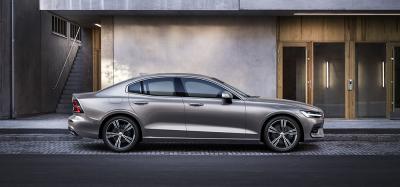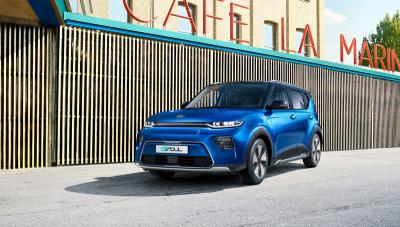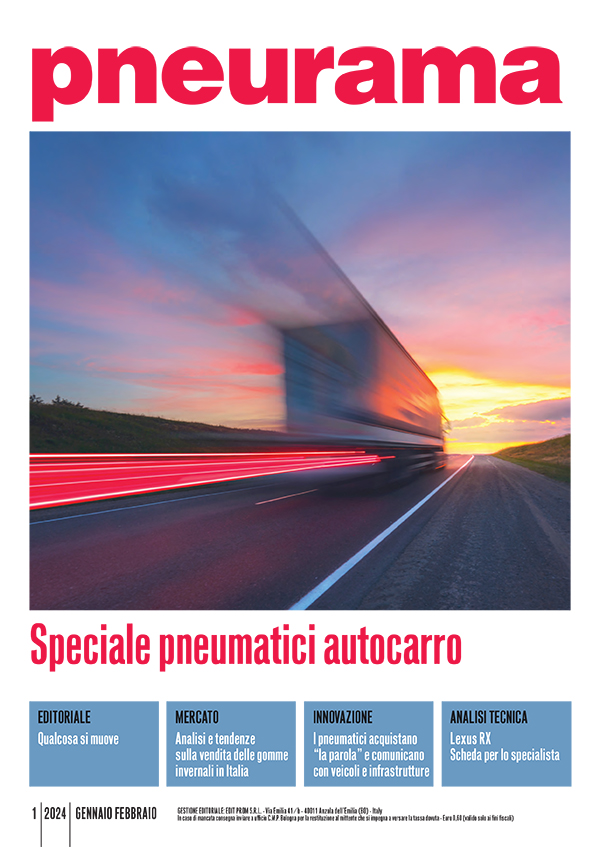Mitsubishi’s solution to the rather controversial issue of low environmental impact mobility has been on the company’s price lists for several years now. The Mitsubishi I-MiEV deserves the credit of being among the first mass produced electric-only vehicle to hit the market. So much so that even the French PSA Group decided to market it under the aegis of its two main brands giving its catalogue a futuristic appeal. Eight years after its European debut (back in 2010), the I-MiEV looks very modern and hardly seems to be affected by the passing years, thanks to its peculiar and timeless oval shape, combined with its family-proof urban appeal and a mileage rating able to hold its own against more recently designed rivals.
MOBILITY TRIAL
First of all, we must point out that this model did not come into existence as an electric vehicle from the design stage. Its origins can be traced back to the first appearance, in Japan in 2006, of the Mitsubishi-i city car, a futuristic looking car destined for urban driving. To all intents and purposes, the platform on which Mitsubishi’s electric solution was then developed started from this platform, originally equipped with a traditional 700cc turbocharged petrol engine, which was subsequently “pulled out” to make room for what can be considered a “power-unit transplant”. A choice dictated by a strategy of cost containment, which had to deal with the hefty industrial investments made in favour of an alternative propulsion system hindered by limited distribution. Nevertheless, the fact of having drawn on a model designed as a city car laid the foundations for the great longevity of the project. So much so that the quality of the final product still survives today, providing an excellent alternative to the needs of short and medium-short range mobility.
Compact and functional, even smaller than a Fiat Panda (less than 3.5 meters in length and 1.47 in width), its city-car vocation does not prevent it from being comfortably used by four passengers, thanks to very short overhangs and a rather generous wheelbase for the category (2.55 m), which translates into a very roomy interior - 1.79 metres - for a vehicle in this segment, which can be accessed through four large doors, while the tailgate opens wide on the small but still useful 235 litres boot.
The rather austere interior design leave no room for frills and intrusive diagnostic displays. The control panel contains all the vehicle’s information, and a joystick is entrusted with managing the vehicle’s traction in place of a traditional gear lever. Noteworthy also is the total absence of an on-board computer, no infotainment system, no navigator, no electronic gimmickry, all the energy available is transferred to the wheels, with the exception of a CD player/radio and air conditioning system, to be used sparingly if you do not want to drastically reduce the 150 km declared mileage. Nevertheless, the I-MieV still provides electric windows, power steering, LED headlamps, all with minimum Energy absorption systems.
The synthetic materials used on the bodywork contribute greatly in reducing the vehicle’s GVW of 1,110 kg, despite a 330 Volt 88 cells lithium-ion battery pack, positioned under the body. The absence of a spare wheel (only a repair kit is offered as standard equipment) and the dimensions of the narrow, low rolling-resistance tires, with different sizes found on front and rear axles, further minimize unnecessary weights.
Single version, single trimming, all you can choose is the colour, or alternatively a two-colour option.
SILENCE IS GOLD
No thrills no frills, in short, practical. This is how we can summarize the philosophy behind the I-MiEV, the eco-friendly city car that adopted the “shell” from the previous traditional model which was already designed for future electric application. Located at the rear, beneath the boot, we find a 49 kW permanent-magnet synchronous motor (PMSM) with a full 180 Nm of torque ready to go from zero rpm, enough to ensure a rather lively acceleration.The linear and progressive power delivery, the capacity of the batteries and the recovery of energy during deceleration and braking, guarantee a mileage of 150 km, according to estimates, in the most favourable conditions, with a charging time of about 8 hours at home or 30 minutes to get 80% of energy available through a fast-charging station, with costs estimated at around 2 Euro per 100 km. Although the lever on the central tunnel might remind us of a sequential gearbox, here it is used only to select one of three driving modes: D for urban driving with standard regenerative braking, B when driving downhill with maximum regenerative braking, C for driving on faster National and provincial roads. As usual N stands for Neutral, R for to reverse and P for parking.
Simple and practical, the mechanical layout includes a McPherson strut and coil spring on the front axle, and a 3-link de Dion suspension on the rear axle, a very compact and common solution found on various cars, which is perfectly suited to a rear engine, rear-wheel drive car. The battery pack placed near the floor contributes greatly in lowering the centre of gravity, giving the i-MiEV an unexpected agility despite the reduced wheel track and the narrow tires, only 165/65 R15 on the rear and 145/65 R15 on the front wheels. No other sizes are possible, therefore alternative preferences are limited to the design of the alloy wheels.
Although sustainability is the basis of this project, the I-MiEV can still, all things considered, offer decent performance, with acceleration from 0 to 50 km / h in 5.9 seconds (15.9 to reach 100 km/h) and a top speed limited to 130 km/h, enough to move quickly, but above all silently, with the utmost respect for the environment.

Dating back to 2010, the I-MiEV is still valid and in line with zero-emission competitors, able to combine mobility, though limited to 150 km per charge cycle, with the utmost respect for the environment

-

-

The heart of the system, the 49 kW (67 bhp) electric motor, with 180 Nm of torque, all immediately available, powered by a 88 Volt Li-ion 88-cell battery pack, positioned under the body









